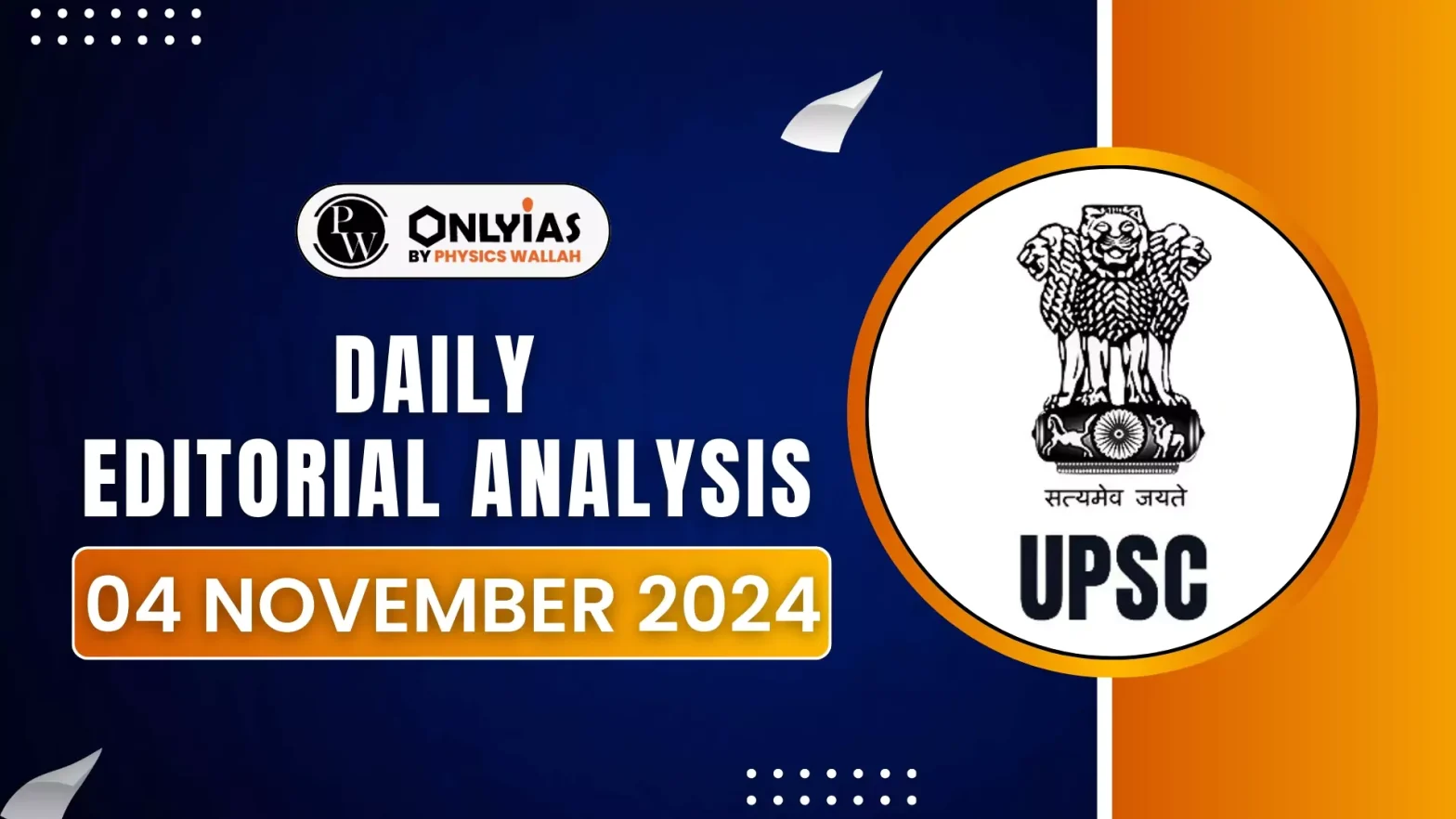Rising costs and limited access to higher education in India are forcing families into financial sacrifices beyond their means, highlighting major challenges in the system.
Education as a Catalyst
- Indian families, particularly those from lower-middle-class backgrounds, have historically placed a high value on education, viewing it as a pathway to socioeconomic mobility.
- This trend emerged after India gained independence, as families prioritised their children’s education despite limited resources, often sacrificing their financial security.
- Education has served not only as a means of skill development but also as a gateway into valuable networks and social circles, breaking traditional class barriers and enabling upward mobility.
- These narratives resonate across generations, with parents routinely sacrificing to ensure their children have access to quality education, whether at elite institutions or foreign universities.
Enroll now for UPSC Online Classes
State of School Education in India
- India has made significant strides in school education, achieving a Gross Enrollment Ratio (GER) of 100% in primary education across various states.
- Primary education is recognized as a public good with widespread multiplier benefits. However, challenges remain in retention rates, educational quality etc.
Current State of Higher Education in India
- While India’s GER in higher education has exceeded 28%, it is still low, and challenges in expanding access to college education remain.
- In comparison, countries like South Korea, which had a GER of just 10 percent in the 1970s, have now achieved a rate of 100 percent.
Reasons for Low Enrollment in Higher Education
- Limited Quality Institutions: A shortage of quality institutions restricts access to higher education, leaving many students without viable options.
- Weak Education-Employability Link: Higher education, ideally a pathway to employment, often falls short in India, with many graduates lacking industry-relevant skills, adding financial strain on families seeking returns on their investment.
- Limited Seats and Financial Burden: Scarce seats in top institutions push students abroad, leading families into significant debt.
- Unlike countries like Germany with free education or the U.S. and Nordic nations with accessible loans and subsidies, India offers limited financial support options.
Way Forward
- Align Education with Market Needs: Develop curricula that focus on marketable skills and competencies to meet the demands of the job market.
- Enhance Vocational Training: Promote vocational and technical training programs that provide practical skills, ensuring graduates are job-ready.
- Increase Access to Short-term Courses: Offer short-term skill-based courses that cater to emerging industries, allowing individuals to upskill quickly and efficiently.
- Strengthen Industry Partnerships: Foster collaborations between educational institutions and industries to create internship and job placement opportunities for students.
- Improve Financial Support Systems: Establish more accessible financial aid, scholarships, and loan systems to reduce the financial burden on families seeking higher education.
- Enhance Quality of Education: Invest in improving the infrastructure and quality of education in existing institutions to ensure that students receive a meaningful education.
- Focus on Lifelong Learning: Encourage a culture of lifelong learning, where individuals can continuously update their skills in response to evolving job market demands.
Check Out UPSC NCERT Textbooks From PW Store
Conclusion
The rising costs of higher education in India present a formidable challenge to socioeconomic mobility. To safeguard the future, it is imperative to create a sustainable education system that prioritises equitable access, aligns with market needs, and empowers all individuals to achieve their aspirations.
![]() 4 Nov 2024
4 Nov 2024

